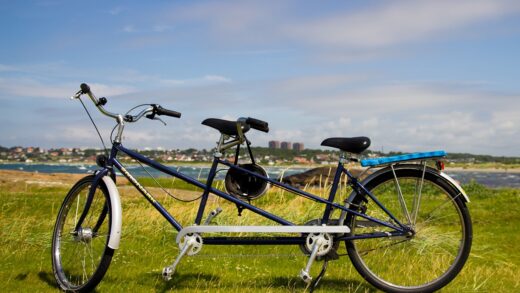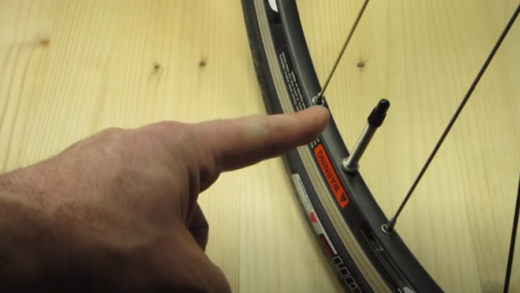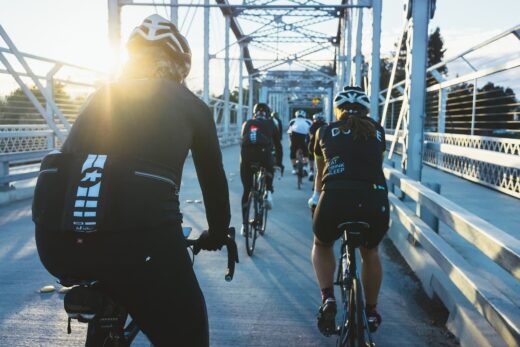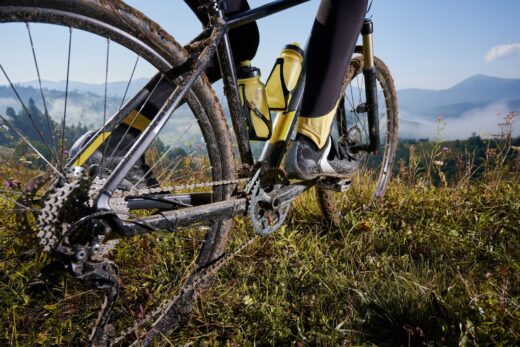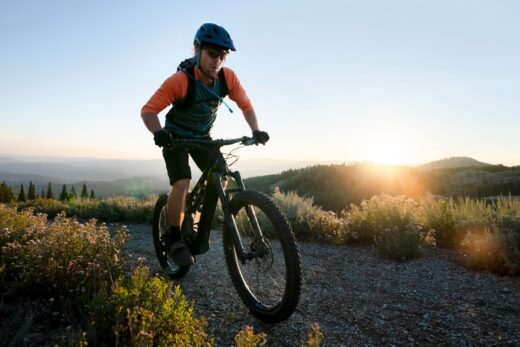The Vuelta a España 2021, its 76th edition, will start on August 14 in Burgos and will not leave the country. Traditionally, riders will face multiple challenges on steep climbs, which will end on September 5, after conquering 3,336 kilometers. The racing geography is connected with the difficult situation caused by the pandemic which is going through the hardest times and the organizers want to focus public attention on Spain in order to attract more tourists to their country.
STAGE 1: BURGOS – BURGOS
Saturday, August 14, ITT 8 km.
The race starts inside the Cathedral of Burgos, the riders leave the Gothic building and head for the first climb, whose gradient is 5%. After a small drop, another 1 km of steep ascent follows, and then 900 m with a gradient of 6.1% to Burgos Castle. The start of the hill is quite steep and there will also be 200 meters of cobblestone sidewalk. The subsequent descent opens up the final 4 km of the first stage.
In the history of the Vuelta, Burgos hosts the Grand Salida (the ceremonial start of the multi-day race) for the first time, although the race has visited the city many times. There have been 15 starts and 17 finishes. The last time it happened was six years ago, when on stage 17 Tom Dumoulin wore the red jersey to win the 38.7km ITT.
STAGE 2: CALERUEGA TO BURGOS
Sunday , August 15, 169.5km.
A lot of flat sections on this day promises just as many sprints on the course. At last year’s Vuelta, Pascal Ackermann was the most successful sprinter, winning two stages. Two years ago, Fabio Jacobsen and Sam Bennett also recorded two sprint victories.
STAGE 3: SANTO DOMINGO DE SILOS – PICON BLANCO
Monday, August 16, 203 km.
Up to km 39, where the peak of Puerto de Manquillo is located, the peloton will tackle short climbs and descents. After passing the first elevation, a gentle descent begins, which, however, will also contain a certain amount of elevation gain. This is followed by 70 km of plain to the Alto de Bocos, where the peloton will conquer 3 km with a gradient of 8%. The descent will lead to the false plain, to the village of Picon Blanco, located at an altitude of 762 meters. The subsequent ascent will lead riders to 1468 meters, where there is an abandoned military base. The 7.8 kilometers of climbing with an average gradient of 10%, though the steepest section reaches a steepness of 15%, located just before the finish.
STAGE 4: EL BURGO DE OSMA – MOLINA DE ARAGÓN
Tuesday, August 17, 163.3 km.
Both the start and finish points are both hosting the Vuelta de España for the first time. Although you can’t call the route flat, no King of the Mountain points are awarded on it.
Molina de Aragon is 1,065 meters above sea level and is famous for its cold weather. Last January set a historic low of -25.2 degrees. In August, of course, the main concern will still be the overheating of the riders, because the summer temperatures easily reach +35.
STAGE 5: TARANCON – ALBACETE
Wednesday, August 18, 184.4 km.
Tarancón is a town of 15,000 people and has not previously hosted the Vuelta either. The route stretches in a Southeastern direction, starting 100 km from Madrid. It goes through Belmonte, where the famous castle is located, and through the small industrial town of La Roda. No mountains or hills, just flat land all the way to Albacete. The Vuelta has a long relationship with the latter, with the city having hosted the race 21 times in Castile-La Mancha. The last visit was in 2014, when Nasser Buhani beat Michael Matthews and Peter Sagan.
STAGE 6: REKENA – CULERA
Thursday, August 19, 159 km.
The first half of the route is downhill. There will be climbs along the way, but nothing serious awaits the peloton, no King of the Mountain points are provided. At km 75, the riders reach sea level and then proceed on flat ground to the finish.
The final 3.1 km lead to the weather station above Culiera. The last 150 meters before the finish, the gradient is a mind-boggling 21%, although the average gradient of the last kilometers does not exceed 7.3%.
The Tour of Valencia last year was marked by the overtaking of Thaley Pogacar by two riders at once, Alejandro Valverde and Dylan Theuns – the overtaking took place on the ascent to the weather station.
STAGE 7: GANDIA – BALCONE DE ALICANTE
Friday, August 20, 151.6 km.
At this point, this stage is becoming the most difficult. On its way there are 6 category climbs where there is a chance to earn points for the title of King of the Mountain. The vertical elevation gain will be 3600 meters. The absurdly steep ascent before the finish line, usual for the Vuelta, will last almost 4 km with a gradient of 9,5%.
STAGE 8: SANTA POLA – LA MANGA DEL MAR MENOR
Saturday, August 21, 163.4 km.
Two short climbs on a nearly flat course mean there are chances for echelons to form. Depending on race conditions, a sprint finish is quite likely.
